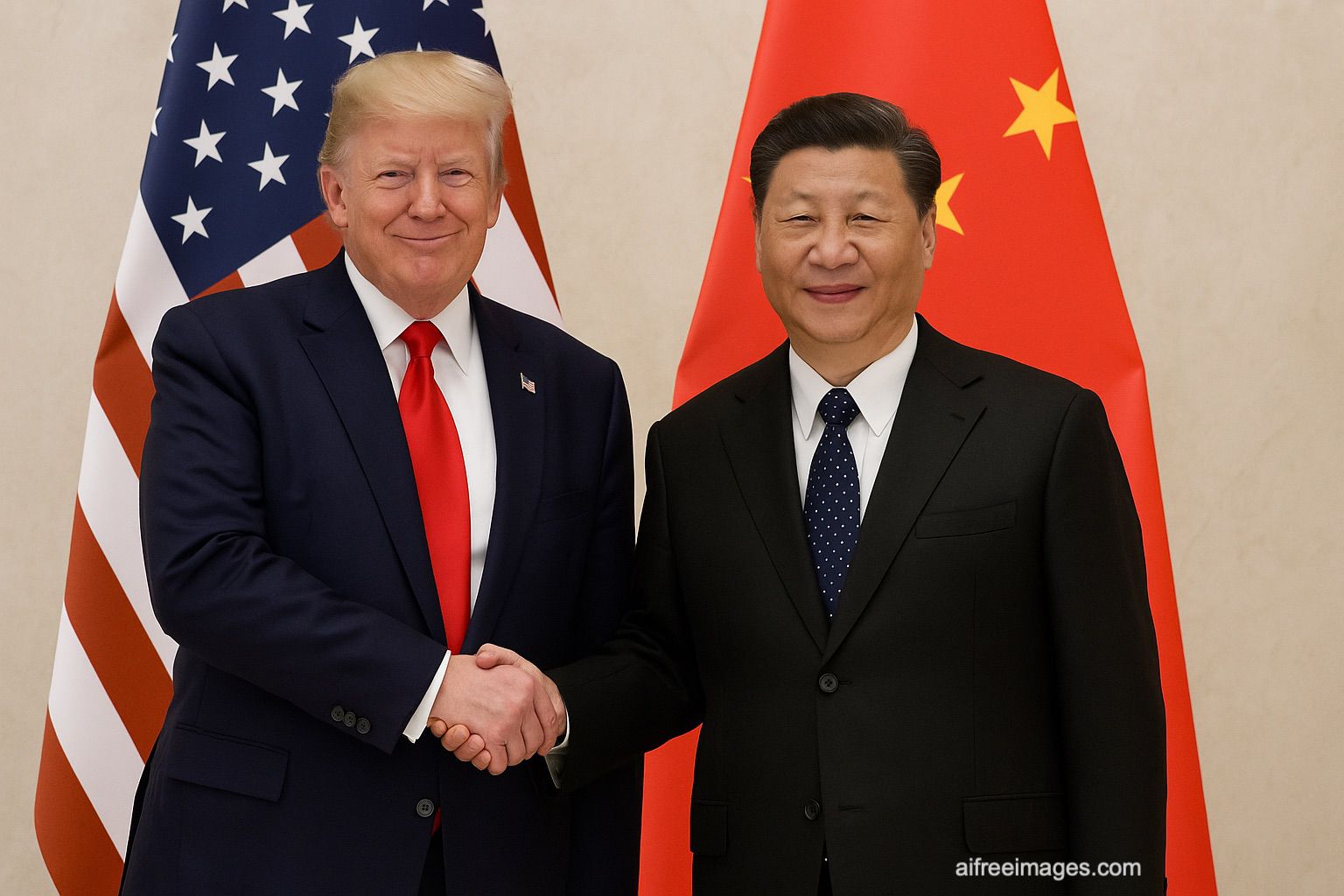Companies like Apple, Dell, and HP may be forced to raise prices after August 1st due to supply chain pressures and an average tariff of 20%.
The trade uncertainty caused by tariffs imposed by President Donald Trump continues to shake up the consumer electronics market. According to a recent report from Taiwan’s financial newspaper, Taiwan Economic Daily, American consumers could face price increases of up to 10% on tech products like PCs and smartphones even before August 1st, when new, more severe tariffs could come into effect.
The increase is in response to an average tariff of 20%, which industry sources say is being broadly applied to tech imports from multiple countries. While many companies have managed to contain the rise so far by strategically stockpiling inventory since the start of the year, supply chain pressures are becoming increasingly visible.
Defensive Strategies and Coordinated Competition
Manufacturers such as HP, Dell, Apple, and Microsoft anticipated this scenario and strengthened their inventories since the change in administration, aiming to stabilize supply and gain margin in case costs escalate. However, this tactic has a shelf life, and all signs point to a forthcoming price adjustment.
“Industry players typically wait for their competitors to act first before raising prices. They don’t want to lose market share, so price hikes tend to happen simultaneously,” explain sources from the tech distribution channel.
Estimates suggest that even if tariffs stay at or below the current 20%, end products could become 8% to 12% more expensive due to indirect cost increases in components, assembly, logistics, and profit margins.
The PC Market: Between Recovery and Pressure
One of the most affected segments will be personal computers. While a recent IDC report indicates that global PC sales rose in the first half of 2025, driven by equipment refreshes and educational demand, the tariff environment could slow this recovery.
Rising costs threaten to make affordable devices less accessible in emerging markets and could force a reorganization of global supply chains. Companies like Lenovo and Asus have already begun diversifying production to regions such as Vietnam, India, and Mexico to reduce exposure to China, which is the main country impacted by higher tariffs (up to 145%, according to some reports).
What Can Consumers Expect?
Practically speaking, consumers may start to notice price increases on devices like:
- iPhones and high-end smartphones
- Laptops and desktops
- Peripherals and accessories (monitors, routers, SSDs)
- Video game consoles and multimedia devices
Although some essential products have temporarily been exempt from tariffs, this situation could change if the U.S. government decides not to extend current exemptions beyond August 1, 2025.
A Tense Market
The economic impact isn’t limited to end consumers. The global tech industry fears this trade war could lead to fractured international trade, with separate production blocs and a slowdown in innovation.
For now, analysts advise caution. “The environment is so volatile that a single executive order could completely change the scenario within days,” industry sources say.
In summary, the market is preparing for a potential widespread price increase. While major tech companies have done their best to cushion the impact, the cost of trade tensions is inevitably beginning to be passed on to consumers.
via: wccftech

